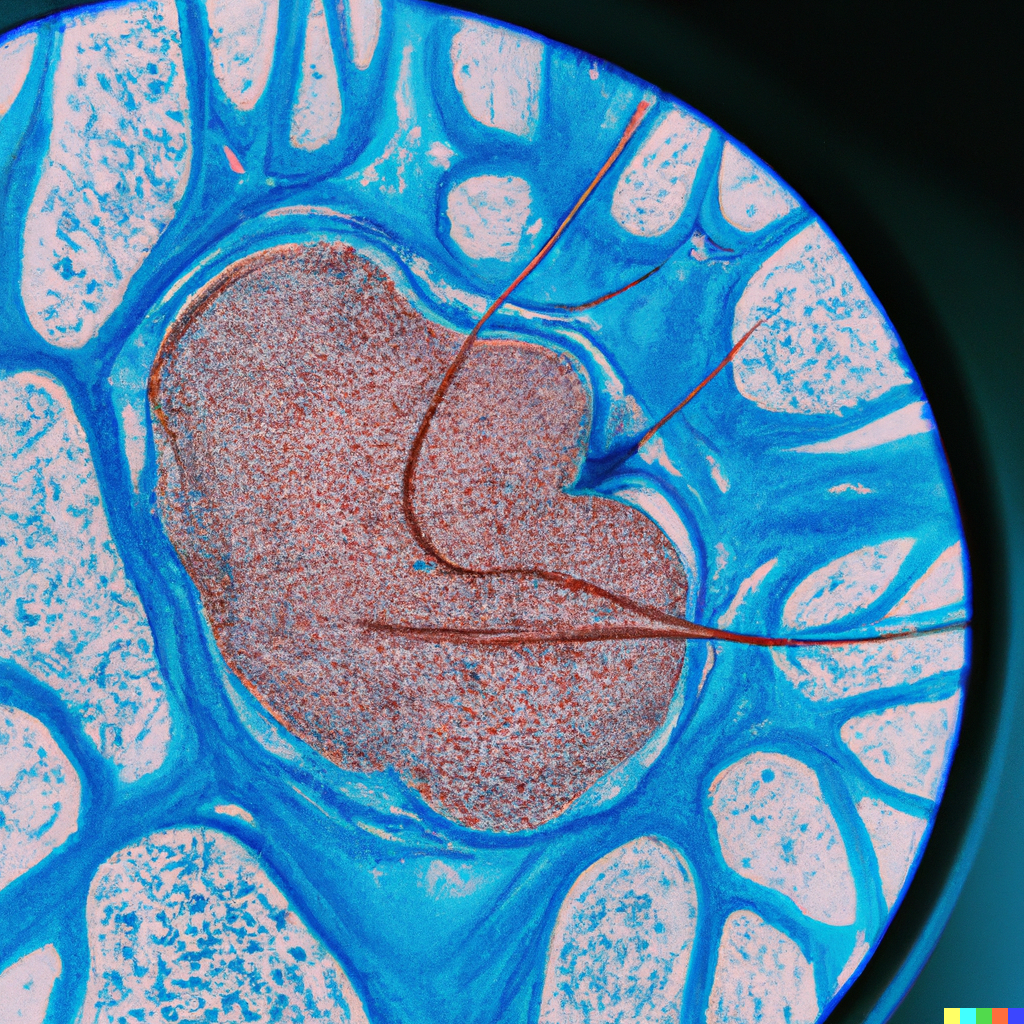NEET aspirants should have a strong understanding of cell structure and function as this is a key component of the NEET syllabus, and is essential for success in medical college and beyond.
In this blog post, we’ll provide a comprehensive overview of cell structure and function, including the various organelles and their roles within the cell. We’ll also discuss the different types of cells and their unique characteristics, as well as the process of cell division and reproduction.

What is a Cell?
A cell is the basic unit of life in all organisms. It is the smallest unit of life that is capable of performing all the functions necessary for survival. There are two main types of cells: prokaryotic and eukaryotic.
Prokaryotic cells are found in bacteria and archaea. They are small and simple in structure, and do not have a defined nucleus or other membrane-bound organelles.
Eukaryotic cells, on the other hand, are found in all other living organisms, including plants, animals, and fungi. They are larger and more complex than prokaryotic cells, and have a defined nucleus and other membrane-bound organelles.
Cell Structure
The structure of a cell is directly related to its function. Let’s take a closer look at the various organelles found within eukaryotic cells:
- The Nucleus: The nucleus is the control center of the cell. It contains the genetic material (DNA) in the form of chromosomes, and is responsible for controlling the cell’s activities. The nucleus is surrounded by a double membrane called the nuclear envelope.
- The Endoplasmic Reticulum (ER): The endoplasmic reticulum is a network of flattened tubes and sacs that is involved in the synthesis and modification of proteins and lipids. There are two types of endoplasmic reticulum: smooth and rough. Smooth ER is involved in the synthesis of lipids, while rough ER is involved in the synthesis and modification of proteins.
- The Golgi Apparatus: The Golgi apparatus is a stack of flattened sacs that is involved in the sorting and modification of proteins and lipids. It receives newly synthesized molecules from the endoplasmic reticulum and transports them to their final destination.
- The Mitochondria: The mitochondria are the powerhouses of the cell. They are responsible for generating energy in the form of ATP through the process of cellular respiration.
- The Lysosomes: Lysosomes are small, spherical organelles that contain hydrolytic enzymes. They are involved in the digestion and recycling of cellular materials.
- The Peroxisomes: Peroxisomes are small, spherical organelles that contain enzymes that detoxify harmful substances and break down fatty acids.
- The Chloroplasts: Chloroplasts are only found in plant cells. They are responsible for photosynthesis, the process by which plants use energy from sunlight to convert carbon dioxide and water into glucose.
- The Cell Membrane: The cell membrane is a thin, flexible barrier that surrounds the cell and separates the inside from the outside environment. It is made up of lipids and proteins.
How to practice Questions from NEET Syllabus
Hope the above overview helps you in understanding deep concepts in Cell Structure. To practice questions in Cell Structure and Function for free, log into NEETshala app or website and go to question bank from main menu. Select Cell Structure and Function from the NEET syllabus. You can practice MCQs or go through Flashcards. Click here to go to MCQs directly.